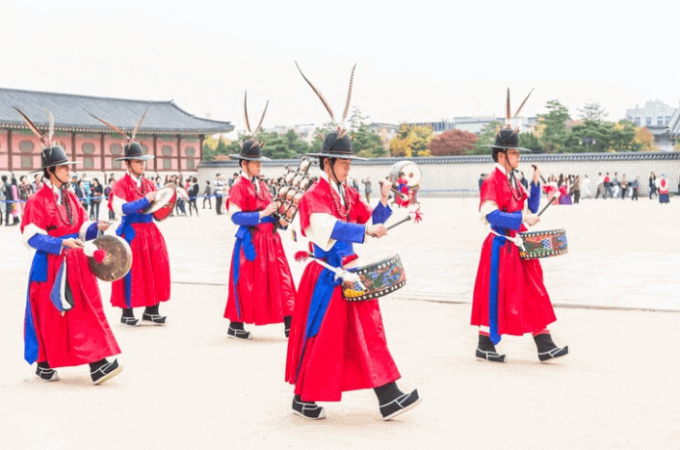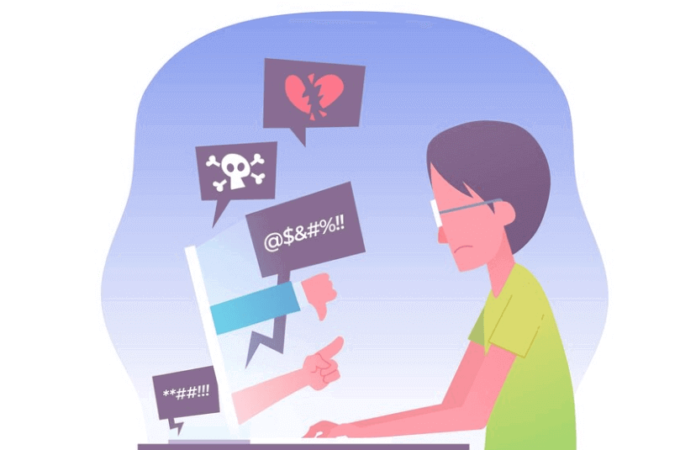
Why is Dry Needling Illegal?
Dry needling, a therapeutic technique gaining attention for its potential benefits in managing pain and musculoskeletal issues, remains a controversial practice in several regions due to its legal status. This article delves into the intricacies surrounding the prohibition of dry needling, exploring the reasons behind its illegal status, addressing misconceptions, examining the ongoing debates, and presenting potential solutions.
Introduction to Dry Needling
Dry needling involves the insertion of thin needles into trigger points in muscles to alleviate pain and improve musculoskeletal function. Often mistaken for acupuncture, this technique differs in its approach and intended outcomes.
Understanding Dry Needling vs. Acupuncture
What is Dry Needling?
Contrary to acupuncture, which is rooted in traditional Chinese medicine, dry needling focuses on treating muscle pain and dysfunction through targeted needling of trigger points without involving the meridian system.
Legality and Regulation Differences
The legality of dry needling varies globally, with some regions permitting its practice within certain parameters, while others outrightly ban it due to concerns related to safety, efficacy, and confusion with acupuncture.
Why is Dry Needling Illegal?
Dry needling, despite its potential therapeutic benefits, faces legality issues in certain regions due to various reasons:
Lack of Clear Differentiation:
One of the primary reasons for its illegality is the confusion between dry needling and acupuncture. While these practices differ significantly in their approach, terminology, and intended outcomes, the lack of clear differentiation has led to legal challenges and misunderstandings.
Safety Concerns:
Another critical aspect contributing to its prohibition involves concerns related to safety. When performed by inadequately trained practitioners or without proper regulation, there’s a perceived risk of adverse effects or complications, prompting authorities to impose restrictions or bans.
Medical and Political Debates:
Debates within the medical community regarding the scientific basis and efficacy of dry needling, coupled with political considerations and regulatory uncertainties, contribute to its illegal status in certain jurisdictions. These debates often revolve around defining its scope of practice and the need for standardized guidelines.
Regulatory Ambiguity:
The lack of standardized regulations and guidelines further complicates the legal status of dry needling. With varying opinions among regulatory bodies and healthcare authorities, establishing clear and universally accepted guidelines becomes challenging, leading to its prohibition in some areas.
Influence of Established Practices:
The dominance of established therapeutic techniques and resistance to integrating newer methods like dry needling into mainstream healthcare systems also plays a role in its illegality. Resistance from traditional medical systems can hinder the acceptance and legalization of this practice.
In summary, the legality issues surrounding dry needling stem from a combination of factors, including confusion with acupuncture, safety concerns, ongoing debates within the medical community, regulatory ambiguities, and resistance from established practices. These factors collectively contribute to its illegal status in specific regions, despite its potential therapeutic benefits.
Conclusion
In conclusion, the legality of dry needling is still a contentious issue that depends on societal, legal, and medical factors. Despite the controversies, there’s a growing body of evidence supporting its efficacy and safety when administered by trained professionals. Efforts to standardize regulations and educate the public are essential to foster a better understanding and potential legalization of this therapeutic technique.
FAQs
- Is dry needling the same as acupuncture?
- No, they’re different. Dry needling targets muscle trigger points to alleviate pain, while acupuncture is rooted in traditional Chinese medicine and involves stimulating specific points along meridians.
- What are the risks associated with dry needling?
- Risks when carried out by untrained practitioners include bruising, soreness, and, in rare instances, puncturing organs. With proper training, risks are minimized.
- Why do some regions prohibit the practice of dry needling?
- Legalities often stem from confusion with acupuncture, safety concerns, regulatory ambiguities, and debates about its efficacy within the medical community.
- Are there any ongoing studies supporting the effectiveness of dry needling?
- Yes, ongoing studies consistently show its efficacy in managing musculoskeletal pain and improving function when administered by trained professionals.
- How can one find a qualified practitioner for dry needling?
- Seek practitioners with specific training and certification in dry needling from accredited programs or healthcare providers specializing in musculoskeletal therapies.
Visit our website for more. Click here: “Quick Trend Insights“.





